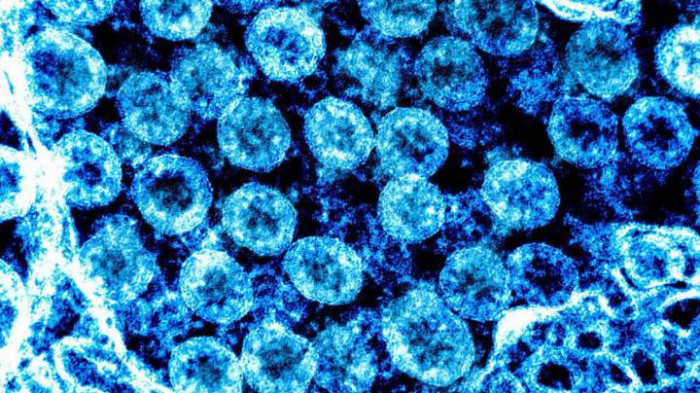A characteristic skin rash can sometimes be the only symptom a coronavirus patient experiences, according to a new study.
Research at King's College London found that characteristic skin rashes and “Covid fingers and toes” can occur in the absence of other symptoms. The researchers recommend that the symptom be added to the list of indicators.
The three official coronavirus symptoms listed by the NHS include high temperature, a new continuous cough and a loss of or change to the sense of smell.
The team analysed data from around 336,000 regular users of the Covid Symptom Study app and found that 8.8 percent of users who tested positive for the coronavirus had experienced a rash, as part of their symptoms.
Similar results were seen in 8.2 percent of users with a rash who did not take a coronavirus test but reported COVID-19 symptoms.
The team also set up a separate online study of almost 12,000 people with a confirmed or suspected COVID-19 infection who had experienced skin rashes as a symptom.
The study revealed that 17 percent of participants who tested positive for COVID-19 reported a rash as their first symptom of the disease, while 21 percent reported a rash as their only symptom.
The three types of rashes that are associated with COVID-19 include a hive-type rash, a prickly heat or chicken pox-type rash and so-called Covid fingers and toes, otherwise known as chilblains.
Symptoms of the hive-type rash include a sudden appearance of raised bumps on the skin, which are usually very itchy.
A prickly heat or chicken pox type rash presents itself as small, itchy red bumps that can occur anywhere on the body and can persist for days or weeks.
Chilblains are reddish or purplish bumps on the fingers or toes, which may be sore but not usually itchy.
“Many viral infections can affect the skin, so it’s not surprising that we are seeing these rashes in COVID-19,” said study author Dr. Veronique Bataille, consultant dermatologist at St Thomas’ Hospital and King’s College London.
“However, it is important that people know that in some cases, a rash may be the first or only symptom of the disease. So if you notice a new rash, you should take it seriously by self-isolating and getting tested as soon as possible,” she said.
Dr. Tanya Bleiker, president of the British Association of Dermatologists said, “Documenting the skin symptoms associated with COVID-19 is an important piece of the puzzle in building our understanding of the disease. Skin symptoms may play a crucial role in detecting infection in people who are otherwise asymptomatic."
The study, published online and submitted for peer review, suggests that a skin rash should be added to the official NHS list of symptoms.
More about: COVID-19
















































